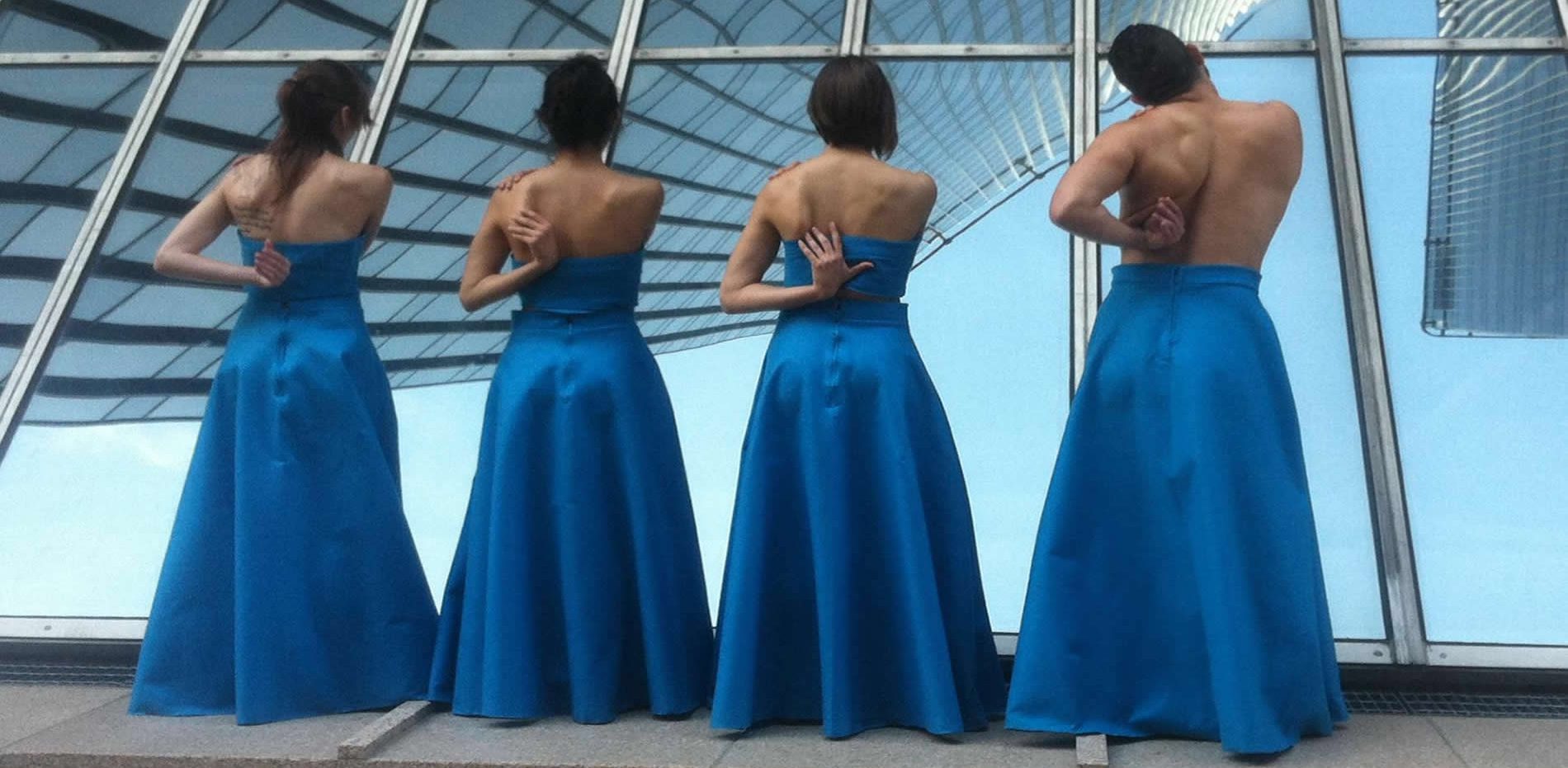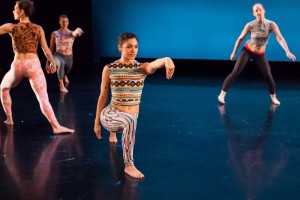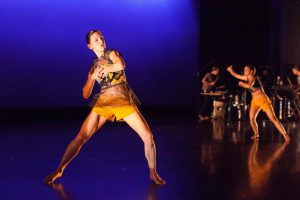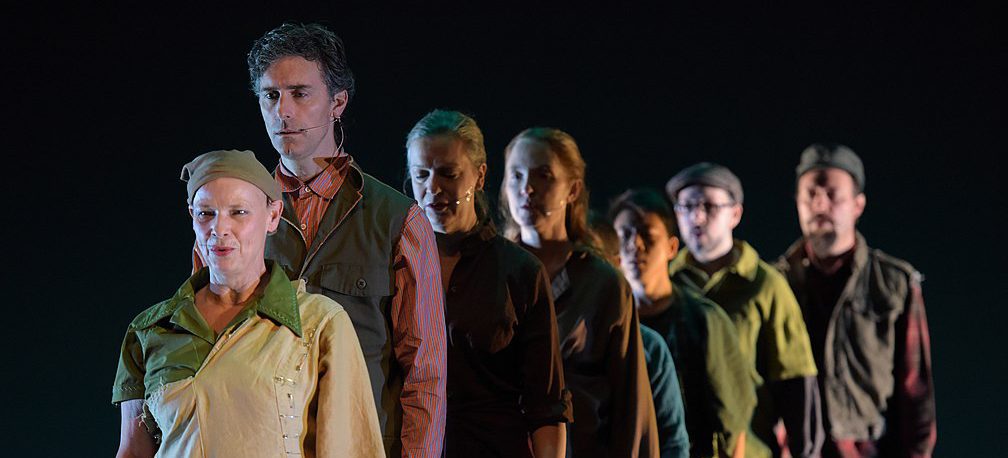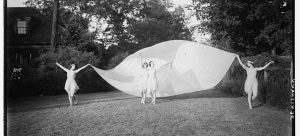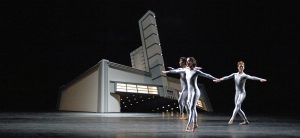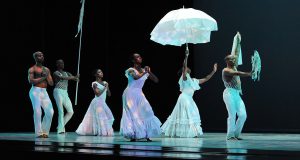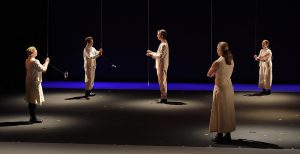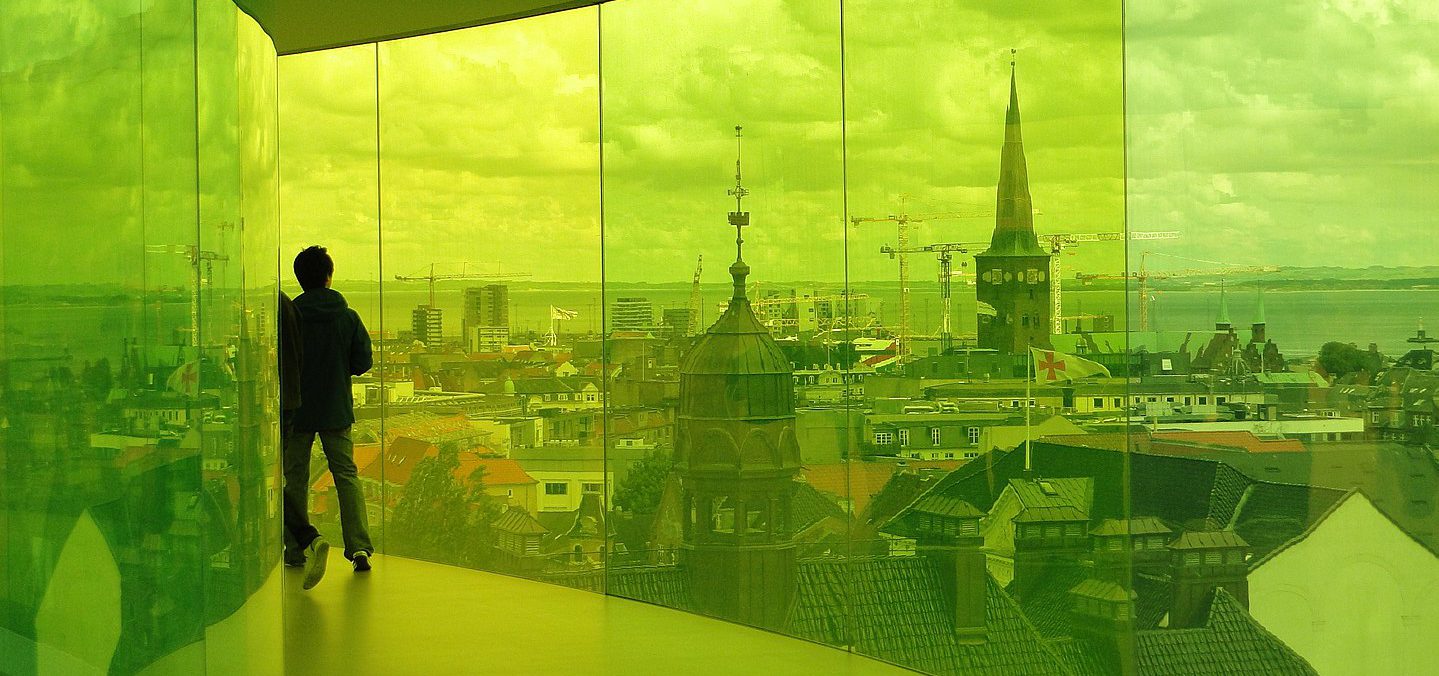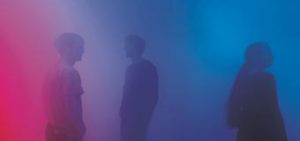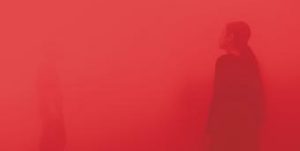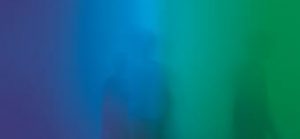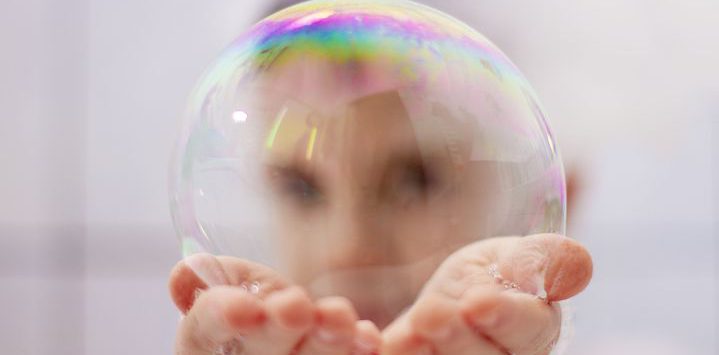What: Seven sewing classes in which you will make a dress and learn to adapt that basic dress pattern to work for different bodies and styles.
When: Tuesday evenings, 7-8 PM, October 6, 13, 20, 27, November 3, 10, and 17, 2020
Where: Right in front of your very own sewing machine in the comfort of wherever you have room to make a dress. Yes, you need to provide your own sewing machine. We will help you learn to use it. Classes are held online.
How: Register here. Classes are $10 each, and you must sign up for all seven classes in order to finish your dress.
Why: Once, I tried to make a dress. I put a square pocket on the chest, and I sewed all four sides of that pocket to the bodice. It was not great. If only I’d had Ashley Horn Nott to help me.
Ashley would have had a plan for my inexperience, my ignorance, my besotted love for the fabric and my overconfidence in “figuring out” a sewing machine. The first time Ashley took on a costume-making project for a dance company, her sewing experience was straight lines and stuffing. Pillows. She knew she could sew a pillow cover, and the rest she had the audacity to make up.
And it worked! Today, Ashley has made costumes for most of the modern dance companies in Houston, including her own productions. Absolutely hundreds (possibly thousands?) of dresses and other costumes gorgeously crafted. Why did Ashley’s gamble worked and mine didn’t? I’m guessing that Ashley had more tenacity to match her audacity than I did. She also made the compelling decision to promise other people that she would complete her project. No one cared when I folded up my half-dress with its unusable patch of a pocket and never unfolded it again. Ashley had a commitment to people she cared about, people who were counting on those costumes, and that accountability motivated her through the “now I have to seam-rip the whole damn thing” moments.
Let us be that accountability for you. Maybe you’ve been saying that you want to sew your own clothes. Maybe you found the most amazing fabric. Maybe you found that fabric years ago and you’re ready to give it form. Maybe you are a dancer and you want to be able to make costumes for yourself and others. This is a chance to create beside a self-made professional. Grab your audacity and make it into a dress. Your dress.
How is making a dress a creative reset? Um, can I answer that tomorrow? It’s kind of a whole thing…

